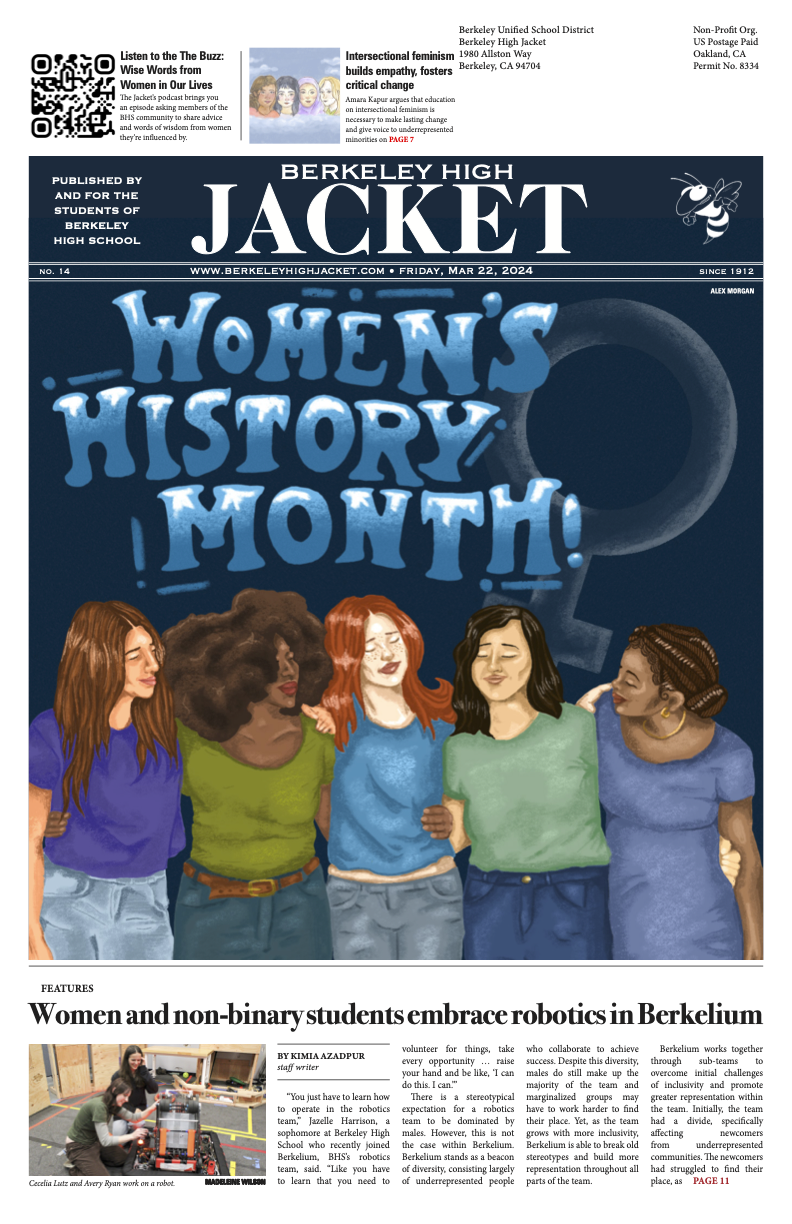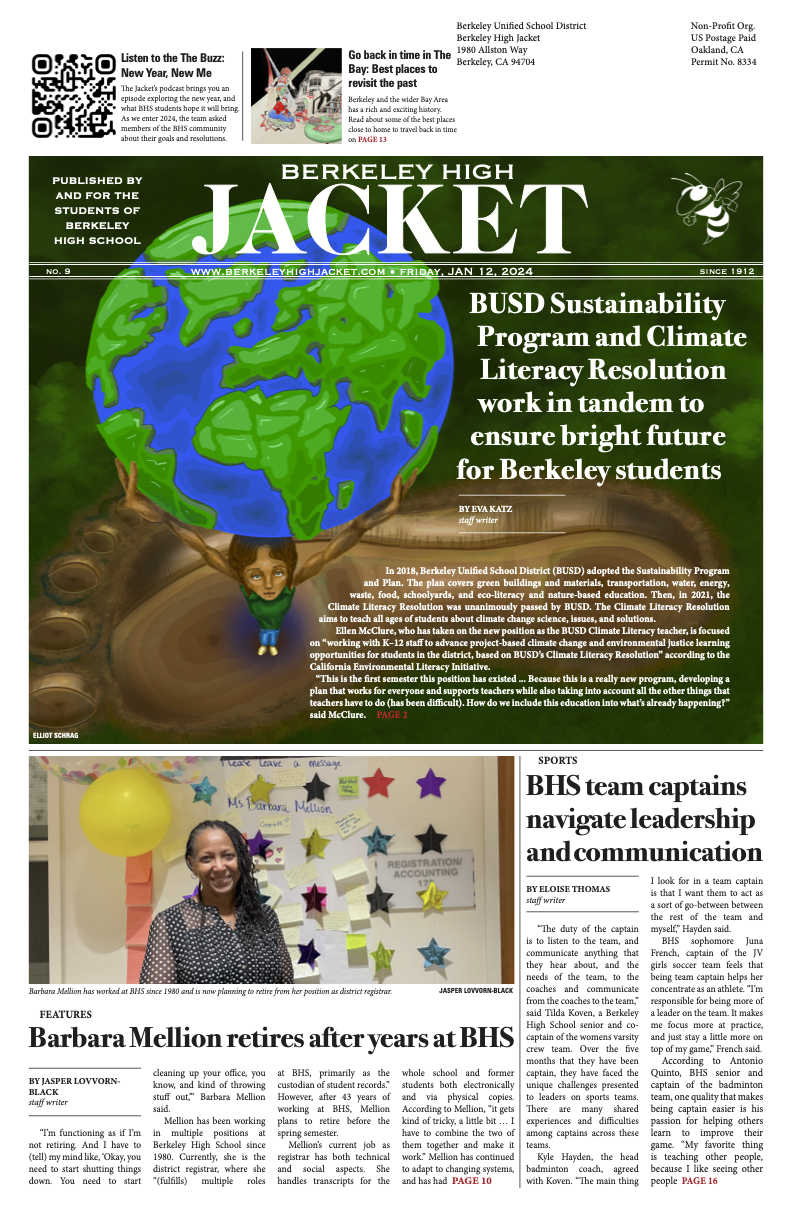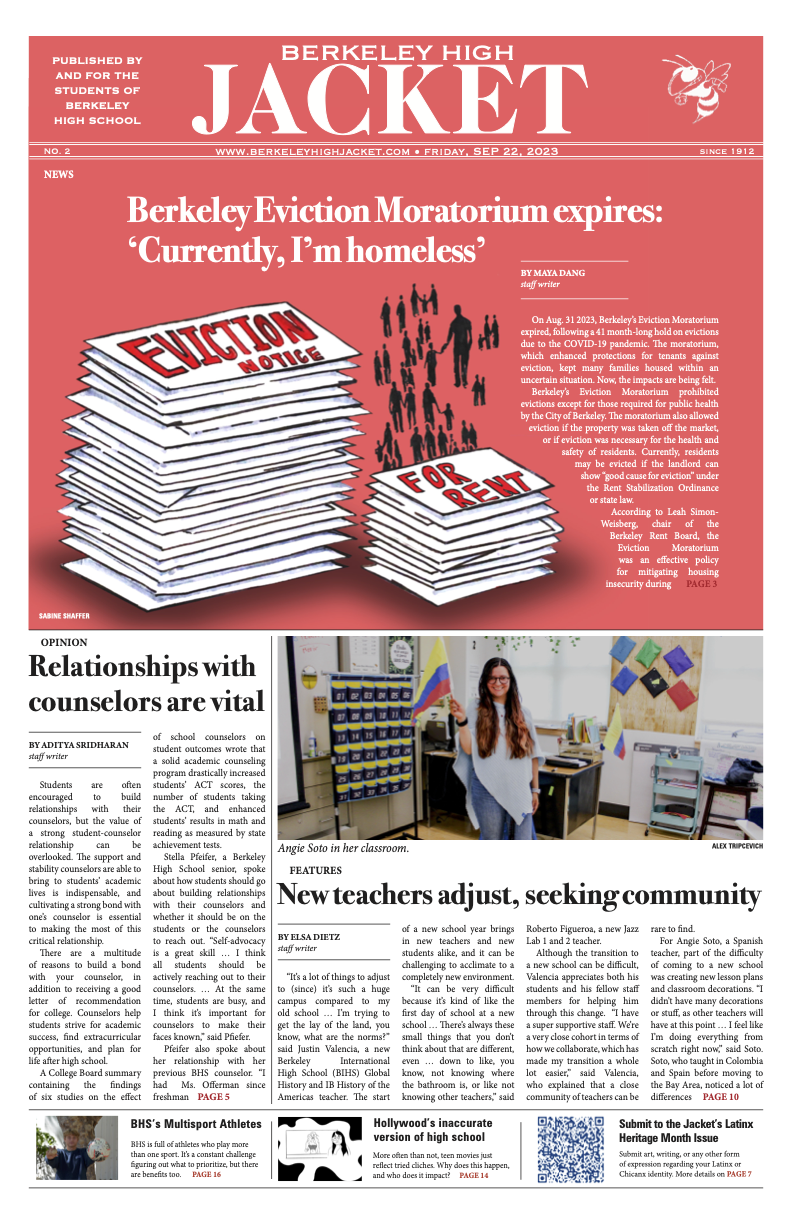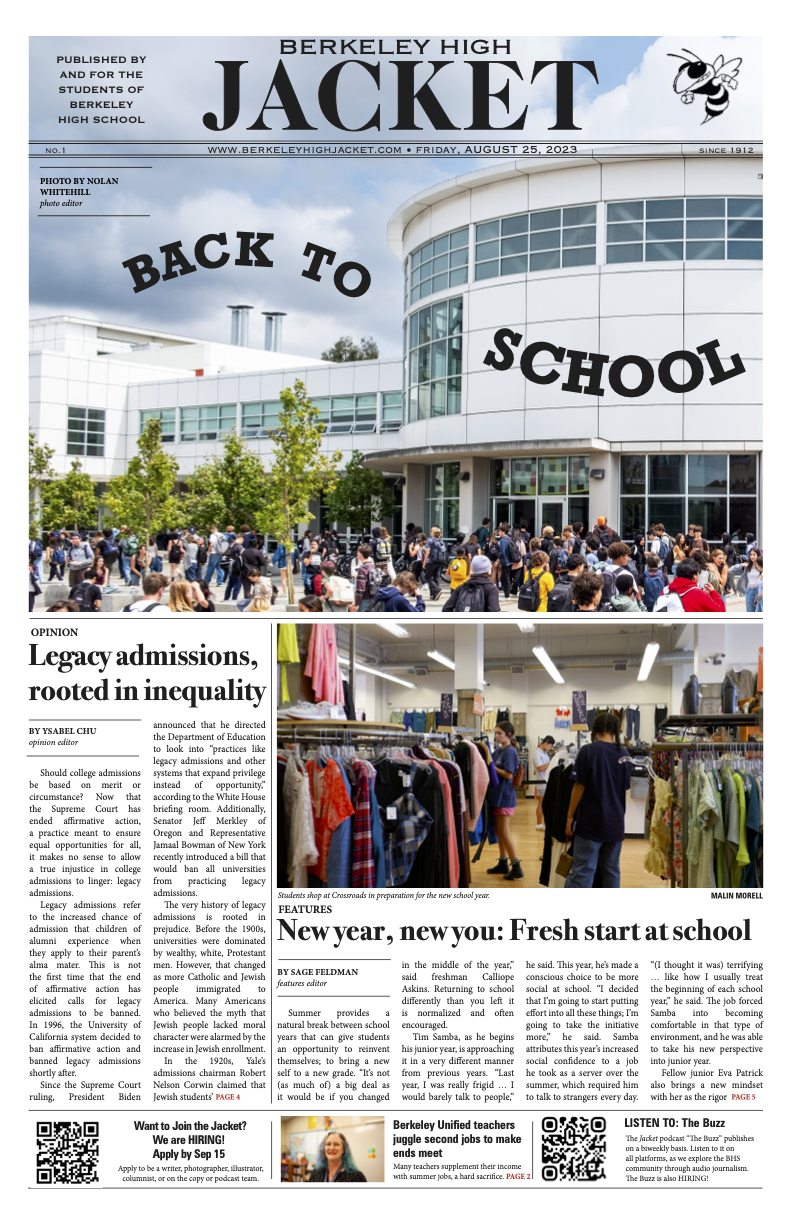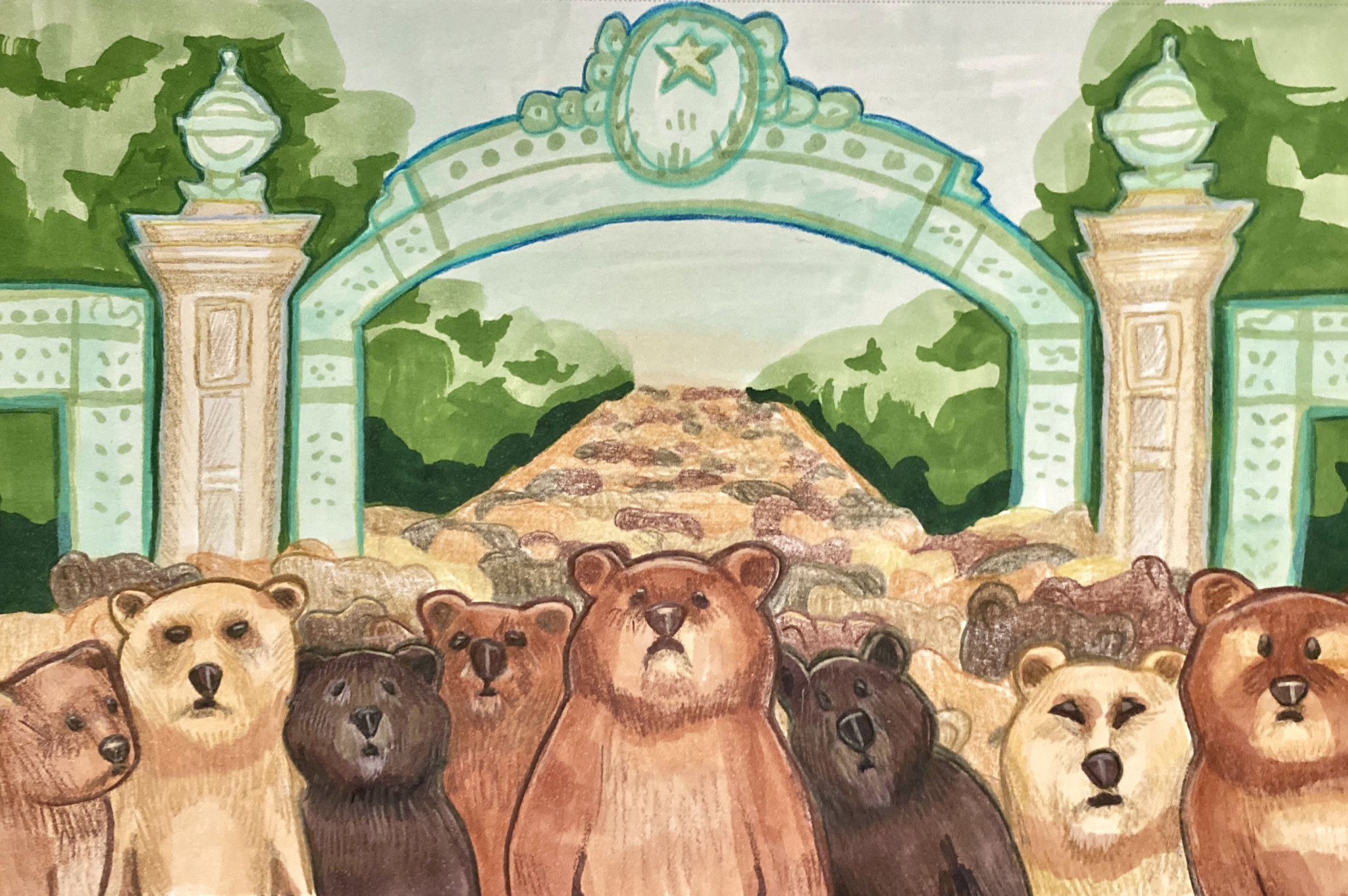The University of California Berkeley is one of the most applied-to schools in the nation. With nearly 120,000 applicants per year and only an 11.7 percent acceptance rate, it is known to be extremely competitive and selective for any incoming first-years who apply.
Typically, around 13,700 new students are admitted each year, but as of fall 2025, that number jumped to 14,500, a six percent increase. While this may seem like a positive way to grow the Berkeley community, it also brings significant challenges, particularly around housing and accessibility of campus resources.
Ines Boulussa Dirksen graduated from Berkeley High School and is now a UC Berkeley student. She views the increase in acceptance as a good thing, both for students and also for the Berkeley Community. “The acceptance rate has gone up, and I’m glad for it because I believe everyone deserves an education ... More students being accepted makes Cal feel more accessible, and it also brings in people from different backgrounds. I think that kind of diversity is good not just for the university, but for Berkeley as a whole,” she said.
Housing has always been an issue for UC Berkeley due to the campus having fewer dorms than other UC campuses, the expensive rental market in the Bay Area, and the long history of community battles when it came to building new housing developments. In fact, the university only houses about 22 percent of its undergraduate students and nine percent of graduate students, which are the lowest percentages across all the UCs. Compared to a school like Universityof California Los Angeles, the differences between housing rates are staggering, with UCLA housing nearly double of what UC Berkeley does. When it comes to building new housing, the university has always faced heavy backlash from parts of the Berkeley community who don’t support the housing initiatives that the university has made due to it interfering with iconic Berkeley landmarks. One of the clearest examples of this is the long delayed People’s Park project. It was proposed in 2017 to create new student housing units near campus, but construction was delayed for nearly a decade due to the mass protests and backlash the project faced from the local community. Opposers to the project argued that destroying the site would ruin a historic cultural landmark from the Free Speech Movement, but a 2024 California Supreme Court ruling finally allowed the university to begin construction.
Outside of the People’s Park project, UC Berkeley has numerous housing projects going on, such as the Bancroft-Fulton construction project, expected to be completed in late 2025 and house around 1,500 students. For PhD candidate Ginerva Tozzi, the new housing project might be great in theory but won’t do much long term. “I know the construction has been going on for a while, but they don’t seem like they’ll really fix the problem in the long run. Especially with all the increased new students coming in. I think more buildings will just take too long, and it’s too expensive to keep up with,” Tozzi said.
When it comes to school resources, UC Berkeley has multiple student wellness programs, academic tutoring for students, and a wide range of community organizations to support the diversity of the student body. The campus provides different career development opportunities, fitness facilities, mental health counseling, and resource centers to support students. However, with the recent influx of new students, it has become harder to access all of the resources that UC Berkeley has to offer. “It just feels more crowded, honestly, even though we just started. ... Libraries, dining halls, just more people everywhere. I feel like a lot of the resources we have are slowly decreasing since there are just so many students trying to access them,” UC Berkeley sophomore Sarah Kim said. “Part of what makes this school so great, and one of the reasons I committed is for the resources we have,” Kim said, “and I just feel like over time they’re going to sort of decrease.”
While it looks like the increase of students may not affect UC Berkeley’s culture, it certainly contributes to accessibility of resources for students and the ongoing struggle when it comes to housing. The university continues to expand, but unless it can match the influx of incoming students with improvements in housing and resources, the impact will directly affect the quality of student life and Berkeley community overall.
